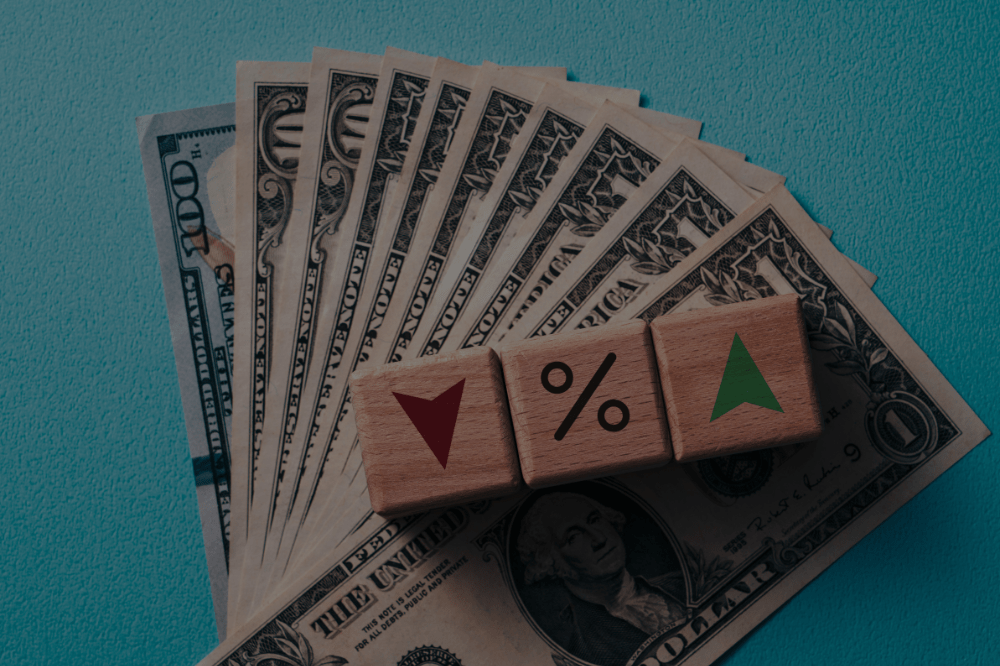Find out how Federal Reserve Funds Rate can affect your savings account and other financial aspects of your life!
The Federal Reserve Funds Rate, often abbreviated as the Fed Rate, can dictate a lot of financial aspects. It impacts everything from borrowing costs to savings account yields, playing a significant role in the overall health of the economy.
So, let’s talk more about it and how it affects you and your choices, and how to make the most out of it. Also, if you want to check out more financial tips on our website, you can click on this link!
What is the Federal Reserve Funds Rate?
It is the interest rate at which central banks lend money to each other overnight. The Federal Reserve sets this rate eight times a year to manage inflation and maintain economic stability in the U.S. For example, when the economy faces a downturn, the Federal Reserve usually lowers the fed funds rate.
The prime rate, set by commercial banks, is significantly influenced by the federal funds rate and is used to determine interest rates for various financial products, including credit cards, loans, and savings accounts.
Why Does the Fed Rate Increase or Decrease?
As previously said, by raising or lowering the rate, the Fed can steer the economy in a desired direction. Here’s how it works:
- When there’s inflation, the Fed raises the rate – Higher borrowing costs discourage spending and investment, thereby slowing down the economy and tempering it;
- During economic downturns, the Fed lowers the rate – This makes borrowing cheaper, encouraging businesses and consumers to spend and invest, which can jumpstart economic activity.
How Does the Federal Reserve Funds Rate Impact Savings Accounts?
When the Fed Rate rises, banks tend to gradually increase interest rates to attract more deposits. This creates a more favorable environment for savers, allowing them to earn a higher return on their deposited funds.
How to Take Advantage of the Fed’s Rate Increases
Here are some strategies to maximize your financial gain:
- Shop Around for Savings Accounts: during periods of rising Fed Rates, some banks are quicker to raise savings account yields than others. Compare rates offered by different institutions to find the best deals;
- Consider a High-Yield Savings Account: these accounts typically offer higher interest rates than traditional savings accounts. However, they may come with limitations on withdrawals or minimum balance requirements;
- Explore Certificates of Deposit (CDs): CDs offer a fixed interest rate for a predetermined period. By locking into a CD during a rising rate environment, you can secure a guaranteed higher return on your investment.
Other Ways the Rate Can Affect You
The Fed Rate’s influence extends beyond savings accounts. Here are some additional ways it can impact your finances:
- Borrowing Costs: when the Fed Rate rises, borrowing costs for loans like mortgages, auto loans, and credit cards generally increase. This can make it more expensive to finance major purchases or consolidate debt;
- Stock Market: rising Fed Rates can sometimes lead to stock market volatility as investors adjust to a changing economic landscape;
- The Dollar’s Value: a higher Fed Rate can make the US dollar more attractive to foreign investors, potentially strengthening the dollar’s value relative to other currencies.

